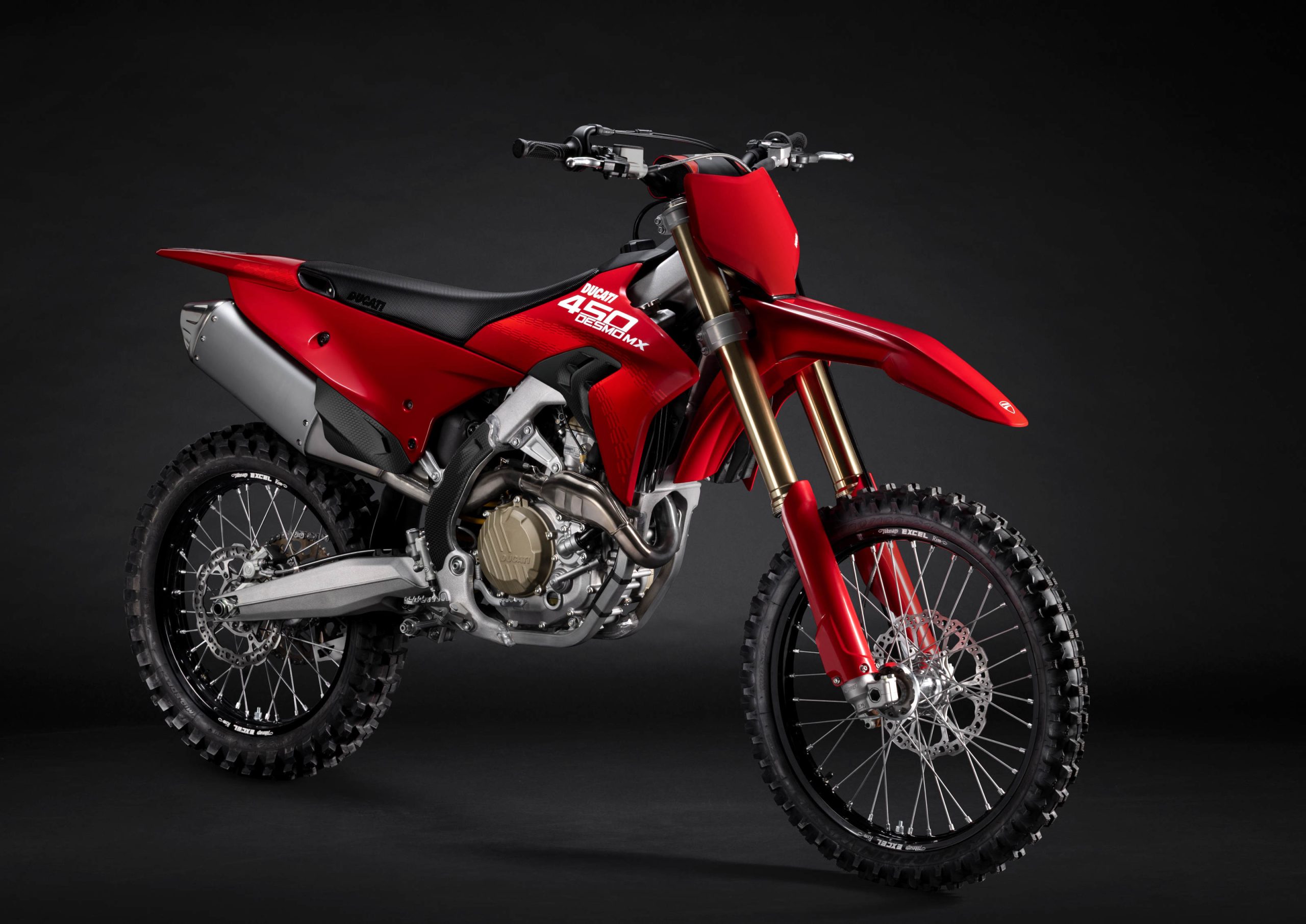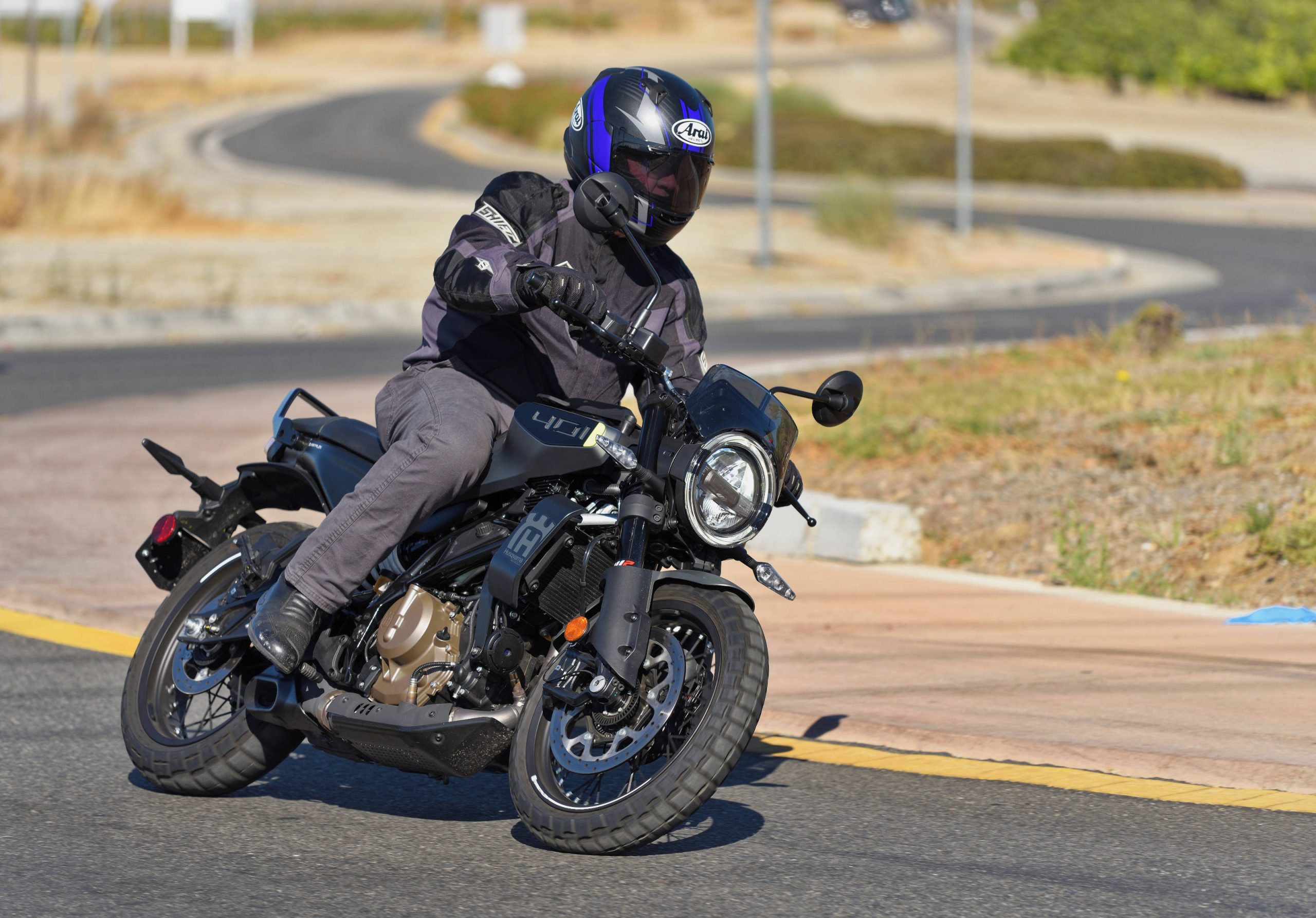
We finally found some decent photos of Kawasaki’s MotoGP bike. This is the latest iteration . . . the one being raced by Akira Yanagawa this weekend at Motegi. Enjoy these photos and the following press information from Kawasaki on its return to the big show.
When Kawasaki burst onto the scene with their first four-cylinder four-stroke 900 Z1 in the early Seventies, the green racers quickly became the super-power in all Superbike and Endurance categories. The legend continues in the new Millennium, with the new Ninja ZX-RR and Kawasaki’s entry in the MotoGP World Championship.
On January 10th, 2002, the board of directors of Kawasaki Heavy Industries took a historic decision: to take on the challenge of the new MotoGP World Championship – the blue riband class of international motorcycle racing – with an all-new 990 cc racing prototype.
The attraction, compared with World Superbike racing, was obvious. In the production-based class, the Kawasaki faces a significant handicap: four-cylinder machines like the Kawasaki are limited to 750cc against twin-cylinder competition of 1000cc. That makes it almost impossible to fight for race wins. The new MotoGP series has a capacity limit of 990cc regardless of the number of cylinders. This opened the door for a comeback of Kawasaki’s classic in-line four: a relatively straightforward but extremely powerful series of engines that founded Kawasaki’s reputation of delivering the meanest, strongest and most exciting big bikes since the legendary Z1 of the early seventies.
Only one month later, in early February 2002, Akira Yanagawa tested the first prototype at the Malaysian circuit of Sepang. More than anything, it was the sheer power that thrilled the rider. “The 750 Superbike was strong, but nothing in comparison to this. Even in fifth and sixth gears, the bike just leaps ahead”, beamed the 31-year-old Japanese, Kawasaki’s official factory entry in the World Superbike series for the past five years, who didn’t think twice when he was offered the job of developing the new Grand Prix machine.This first prototype was a hybrid of a new, high-capacity four-cylinder engine, with classic carburettors, in a barely modified Superbike chassis. Its biggest handicap was the overall weight of a 160 kg Superbike in comparison to the 145 kg MotoGP prototypes. “From the very beginning, the concept in itself felt right, and I was able to do good lap times. But just for one or two laps, because due to the additional 15 kg, the tyres were melting away far too quickly”, explains Yanagawa. “The whole reason for this exercise was to gather as much data and experience as possible, for the design of the real Grand Prix machine as a next step.”
All the same, this first hybrid proved good for one win and a string of strong finishes in the Superbike category of the All Japan Championship. Yanagawa finished third at Mine, fourth at Tsukuba, first at Suzuka and second at Autopolis, although he dropped back to 21st at Motegi, where a rogue oil leak on the warm up lap forced him to pit and switch to his spare machine, finally joining well in arrears to trail the field.
At the beginning of September, Kawasaki engineers presented him with the new bike – the Ninja ZX-RR. It is a sleek, mean, full-pedigree racing machine trimmed down to the legal 145 kg limit, with a futuristic looking fairing with an edgy, aggressive shape developed in extensive wind-tunnel testing.
“We’ve only had the Ninja ZX-RR on the race track for five days, but I could feel its huge potential immediately,” said Yanagawa.
“I was one second per lap faster than the old bike straight away. I could also lap more consistently, without the tyres going off so quickly. I can make up time mainly going into the corners. Less weight means that I’m able to brake much later. My corner speed has improved too, because the new chassis has fantastic handling, it’s much easier to change direction, and the feedback especially from the front tyre is great.”The new, fuel injected engine is not even running at its full potential yet. “With the first engine, I would shift at 15000 rpm. At this stage, the new motor is limited to 14000 rpm, because we don’t want to take unnecessary mechanical risks at this point. We will increase the performance step by step. But I can tell you: even though our motor may have not much more than 200 horsepower at this stage, it feels as if it had 400 – the power output is more than enough. Even the torque, more of a goal than sheer peak horsepower for all manufacturers, is so plentiful that we are struggling to get it to the ground efficiently.”
The next task in the development history of the Ninja ZX-RR therefore is the search for the right mapping of the new injection system. “We have no data, because we’ve never used fuel injection in racing before”, says Yanagawa. “At the moment, the throttle feels like an on-off switch. Unlike the smooth control of the old carburettor engine, it seems I am on full throttle even with a slight twist of the wrist. The power delivery is too abrupt, and for the sake of tyre life, we now have to develop the right settings for the system.”
Kawasaki and their rider are entering new territory on a brand-new bike with their participation on the last four GPs of this season. This means that Yanagawa doesn’t have his mind set on any particular result. “My goal for this weekend? Just to observe our competitors as much as possible, and to gather as much data as we can. As far as practice and race results go – I honestly have no idea”, smiles Yanagawa.But as unpredictable as this weekend’s result may be, Yanagawa is very sure of the future of Kawasaki’s MotoGP effort. “I believe in our concept. Kawasaki’s in-line four-cylinder four-stroke machines have been the winning formula in the past, and without any capacity handicap, it will prove to be the best formula again.”
The Ninja are going into a new battle – and a legend from the past is set to continue.








